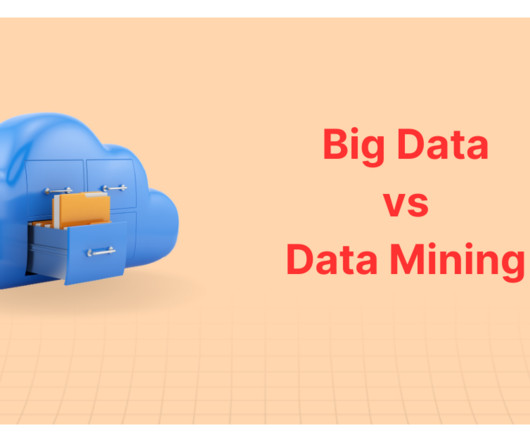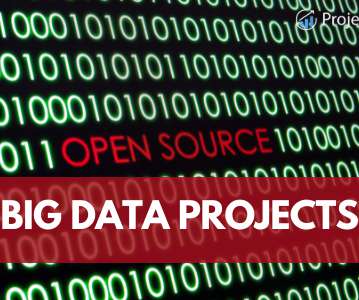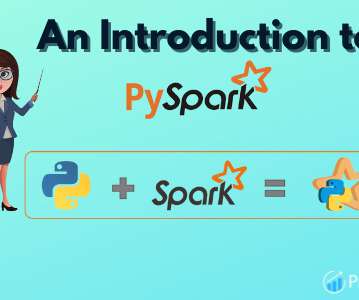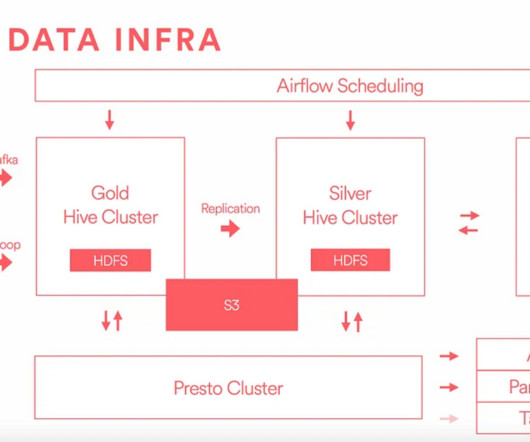Big Data vs Data Mining
Knowledge Hut
APRIL 23, 2024
Big data and data mining are neighboring fields of study that analyze data and obtain actionable insights from expansive information sources. Big data encompasses a lot of unstructured and structured data originating from diverse sources such as social media and online transactions.


















Let's personalize your content